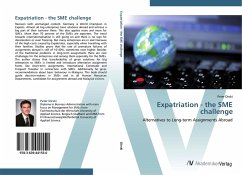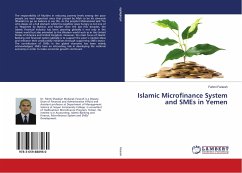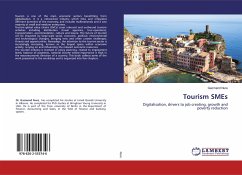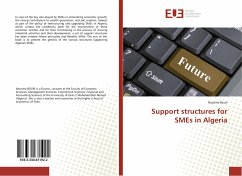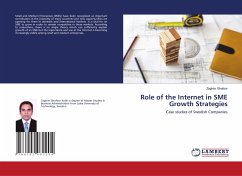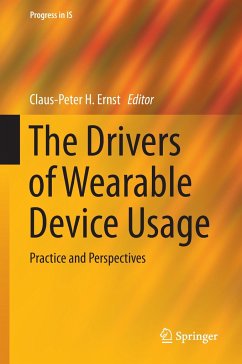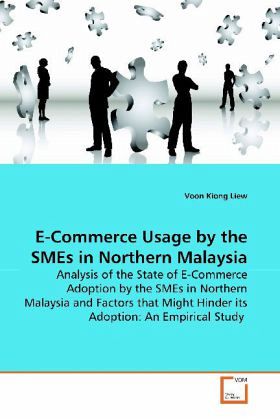
E-Commerce Usage by the SMEs in Northern Malaysia
Analysis of the State of E-Commerce Adoption by the SMEs in Northern Malaysia and Factors that Might Hinder its Adoption: An Empirical Study
Versandkostenfrei!
Versandfertig in 6-10 Tagen
32,99 €
inkl. MwSt.

PAYBACK Punkte
16 °P sammeln!
The is a study to assess the state of e-commerceadoption by the SMEs in Northern Malaysia and toexamine the factors that might hinder the adoption.Quantitative Analysis of the data obtained found thatthe general usage of e-commerce among the SMEs inNorthern Malaysia was low; most firms seemed to haveimplemented only basic e-commerce applications.Analysis of benefits realized found that most of theSMEs only gained some of the benefits of e-commerce.Benefits realized were in the areas of customerservice, market expansion, and back-end efficiencyand inventory management. SMEs who have adoptede-co...
The is a study to assess the state of e-commerce
adoption by the SMEs in Northern Malaysia and to
examine the factors that might hinder the adoption.
Quantitative Analysis of the data obtained found that
the general usage of e-commerce among the SMEs in
Northern Malaysia was low; most firms seemed to have
implemented only basic e-commerce applications.
Analysis of benefits realized found that most of the
SMEs only gained some of the benefits of e-commerce.
Benefits realized were in the areas of customer
service, market expansion, and back-end efficiency
and inventory management. SMEs who have adopted
e-commerce seemed incapable of improving their
overall performance and profitability. Examination of
the factors that might hinder the adoption of
e-commerce by the SMEs in Northern Malaysia was
factors related to organizational, governmental and
environmental barriers. Out of the three factors,
only the factor associated with environmental
barriers has a significant correlation with the
extent of e-commerce adoption. Regression analysis
confirmed that the factor related to environmental
barriers has significant negative influence on the
extent of e-commerce adoption.
adoption by the SMEs in Northern Malaysia and to
examine the factors that might hinder the adoption.
Quantitative Analysis of the data obtained found that
the general usage of e-commerce among the SMEs in
Northern Malaysia was low; most firms seemed to have
implemented only basic e-commerce applications.
Analysis of benefits realized found that most of the
SMEs only gained some of the benefits of e-commerce.
Benefits realized were in the areas of customer
service, market expansion, and back-end efficiency
and inventory management. SMEs who have adopted
e-commerce seemed incapable of improving their
overall performance and profitability. Examination of
the factors that might hinder the adoption of
e-commerce by the SMEs in Northern Malaysia was
factors related to organizational, governmental and
environmental barriers. Out of the three factors,
only the factor associated with environmental
barriers has a significant correlation with the
extent of e-commerce adoption. Regression analysis
confirmed that the factor related to environmental
barriers has significant negative influence on the
extent of e-commerce adoption.





